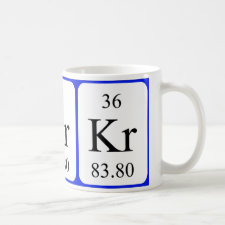
Authors: Si Y, Zhang AY, Liu C, Pei DN, Yu HQ
Article Title: Photo-assisted electrochemical detection of bisphenol A in water samples by renewable {001}-exposed TiO2 single crystals.
Publication date: 2019
Journal: Water Research
Volume: 157
Page numbers: 30-39.
DOI: 10.1016/j.watres.2019.03.088
Alternative URL: https://www.sciencedirect.com/science/article/pii/S0043135419302891
Abstract: Bisphenol A (BPA) is a semi-persistent environmental endocrine disrupter and widely present in aqueous environments. Electrochemical detection is an effective method to monitor pollutants like BPA in aqueous environments. However, the electrode fouling from anodic polymeric products is one main barrier of electrochemical sensors for their practical applications. In this work, a renewable electrochemical sensor was rationally designed, constructed and tested for efficient BPA detection. The TiO2 anodic material was surface-engineered by inorganic-framework molecular imprinting sites with tailored morphological shape, exposed facet and crystal structure. This electrode could be activated mainly as an electrochemical catalyst and partially as a photochemical catalyst. The developed TiO2-based sensor exhibited a good detection reliability and cyclic stability for determining BPA in water samples, with an electrochemical signal decrease of less than 5.0% in 10-run cyclic tests. By virtue of the bi-functional properties of the tailored TiO2 anodic material, a unique photo-assisted electrochemical sensor was further developed, in which analyte digestion and analytical signal originated mainly from anodic conversion. Such a synergistic digesting mechanism distinguishes it from the reported electro-assisted photochemical TiO2 sensors. Our work provides a robust sensor for monitoring pollutants in aqueous environments and a new opportunity to develop renewable electrode materials with good reusability
Template and target information: bisphenol A, BPA
Author keywords: Electrochemical sensor, bisphenol A (BPA), Electrode fouling, Photochemical regeneration, TIO2, Water sample



Join the Society for Molecular Imprinting

New items RSS feed
Sign-up for e-mail updates:
Choose between receiving an occasional newsletter or more frequent e-mail alerts.
Click here to go to the sign-up page.
Is your name elemental or peptidic? Enter your name and find out by clicking either of the buttons below!
Other products you may like:
 MIPdatabase
MIPdatabase









